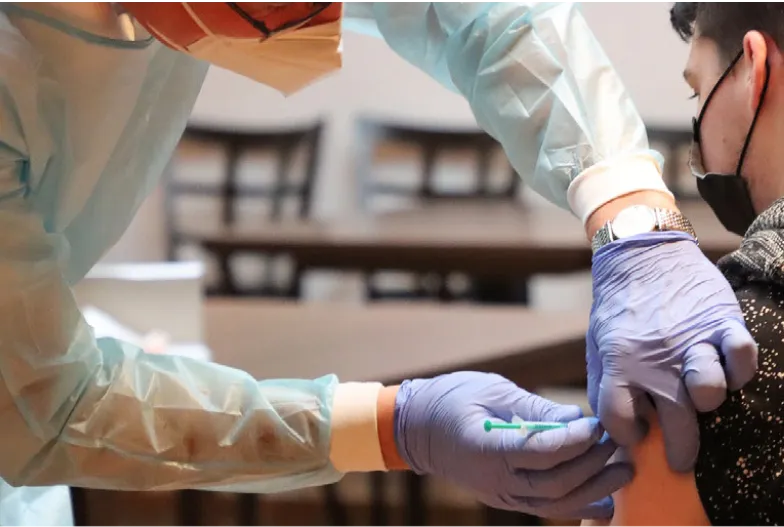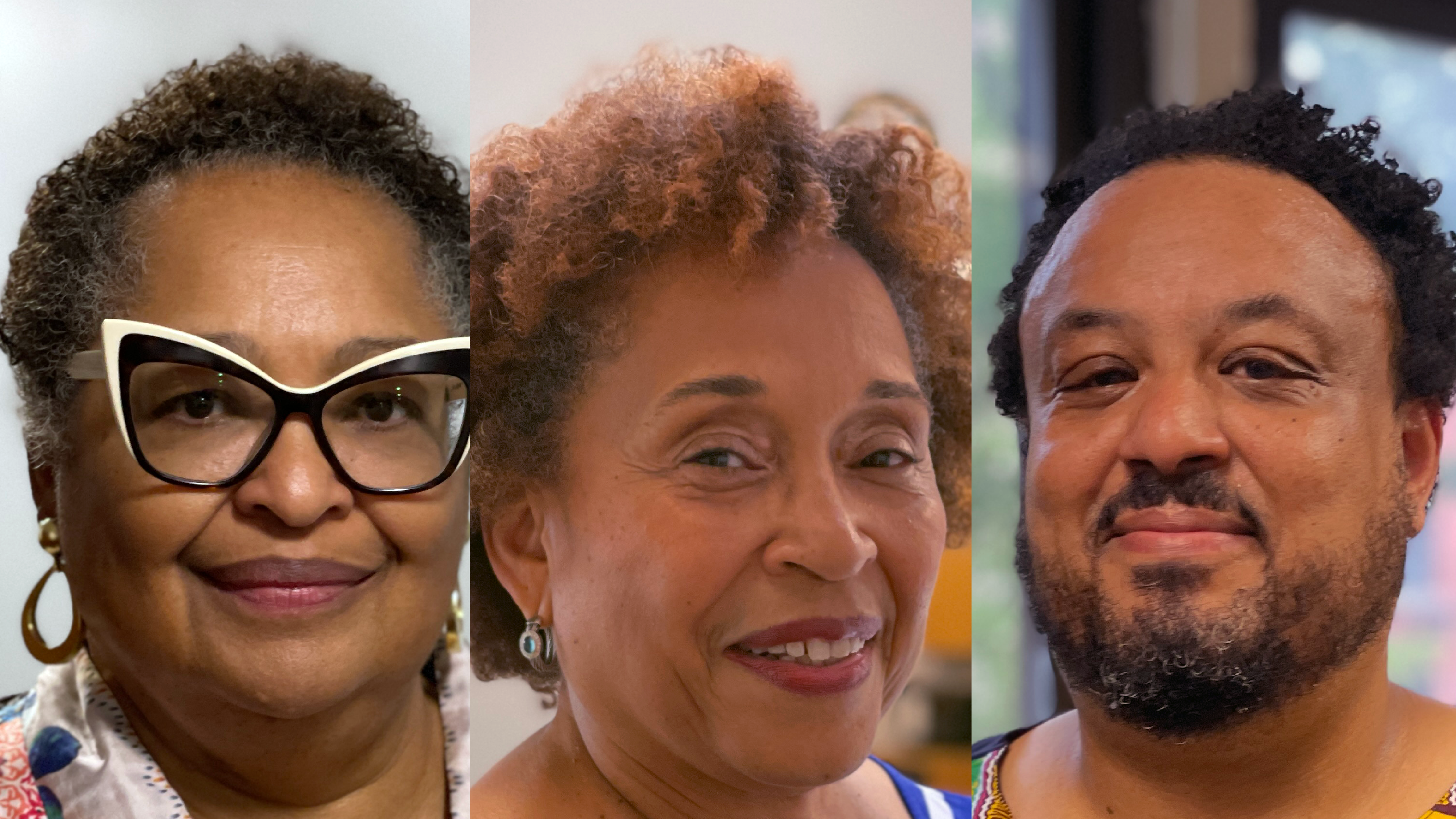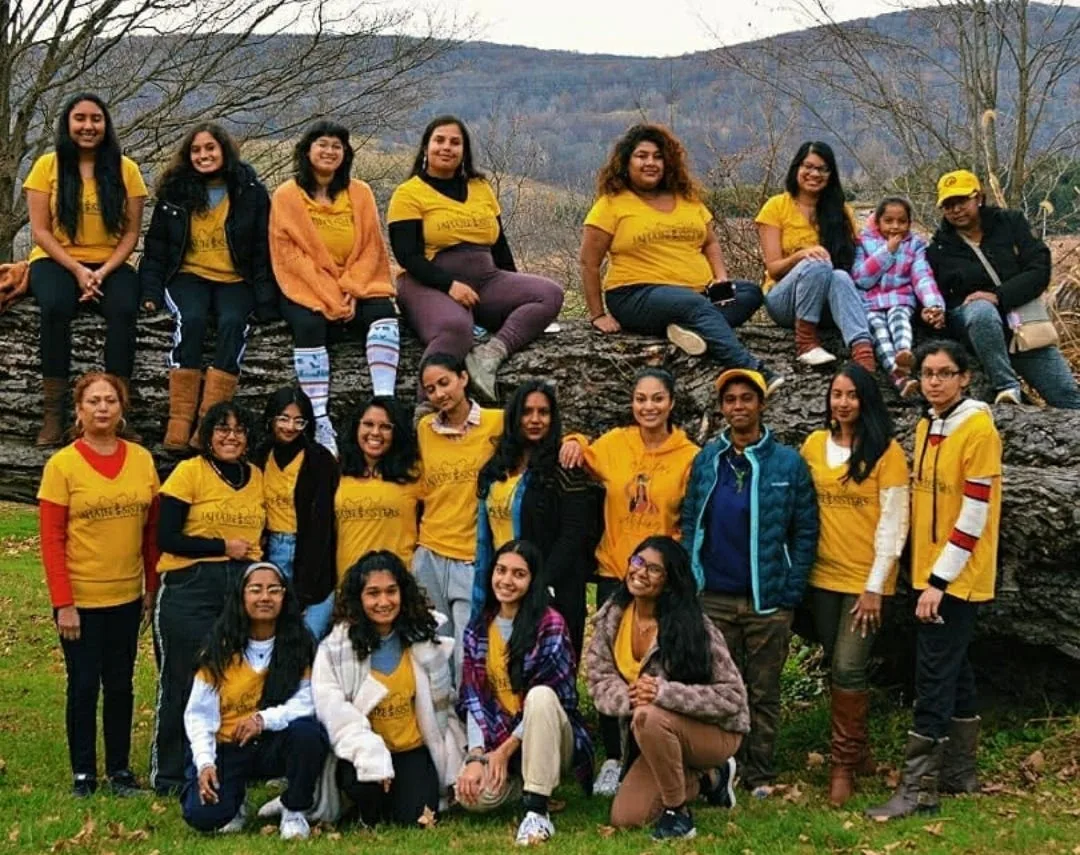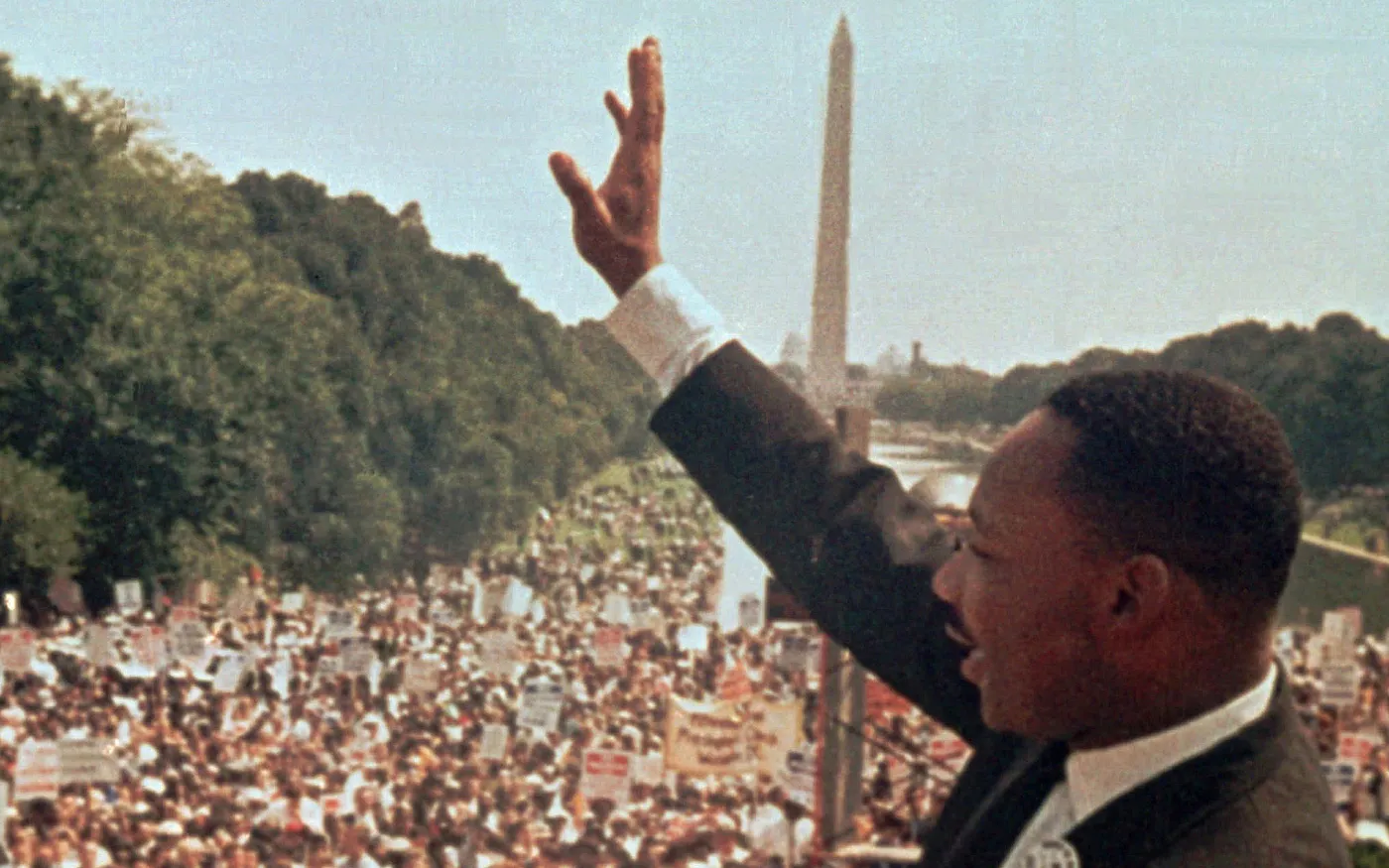Mar 08, 2021
We Know that Vaccine Access Inequity Mirrors the Racial Health Divide of COVID-19, But Why?
Here’s how we’re working to close this deadly gap — and why we won’t stop when the pandemic is over.
By Adena Hernandez, Senior Program Officer | Early Childhood and Health

A year into the pandemic, a new crisis is emerging. Despite the fact that people of color in New York City have been dying at twice the rate of white people from COVID-19, we’re seeing these same striking disparities perpetuated in vaccination rates.
In New York City, 58% of vaccinated people are white, while only 14.4% are Black and 16% are Latinx, according to recently released city data.In fact, some of the wealthier zip codes that experienced some of the lowest rates of COVID-19 infections and deaths, have eight times the rate of fully vaccinated residents when compared to poorer neighborhoods like East New York, which had some of the highest infection and death rates.
We must ask ourselves WHY? The reasons for this gap are complex and systemic:
Technological divide
Have you tried to sign up for a vaccine appointment? It’s not a simple process, and in most cases it requires reliable access and understanding of technology. This is a problem because half a million New York City households have no internet. And 61,000 New Yorkers live in homeless shelters — many of which lack computers and/or WiFi. Other populations — particularly seniors — lack the tech savviness to navigate the online-based appointment system. Language is a barrier too for a lot of immi $grant communities, particularly those who speak less common languages or dialects. When appointments get filled almost immediately, these issues are compounded, making it feel nearly impossible to get a spot.
But what can we do? Vaccine providers can reserve and prioritize appointment slots for vulnerable groups who might otherwise struggle to find appointments. City agencies must also provide support and resources in a variety of languages to create an inclusive and accessible experience. Robin Hood is funding organizations that know how to reach and support these communities, such as the Carter Burden Network who are helping to connect seniors to the vaccine through outreach, education, and appointment support.
Vaccine hesitancy
There’s a lot of conversation about vaccine hesitancy, and rightfully so. Communities of color have a fraught history with the medical system based on centuries of harmful medical practices and long-standing inequities in care. Take the Tuskegee Syphilis Study, for example, which was a 40-year long unethical medical experiment on Black men in Alabama. Or the California Eugenic Sterilization Program that disproportionately targeted — and sterilized — Latinx women.
Add to the historic mistrust to the fact that essential workers are often immigrants, and many are undocumented. This adds a layer of fear: What information do you have to share? What types of ID do you have to provide? What if I don’t have health insurance? New York City is leaps and bounds ahead of many states and cities in terms of addressing those concerns, but misinformation about what data is being given to the federal government is rampant.
So what can we do? There must be more clear, accessible, and consistent information about what is required for a vaccine appointment and what is not, as well as who is eligible and who is not. We know that word-of-mouth is everything so we also need community-tailored messages and events to deliver information on the vaccine and how to get one from sources that these New Yorkers will trust. The good news is that the city is planning to partner with community based organizations, from local churches to food pantries, to serve as trusted messengers and resources in these neighborhoods. Finally, we need more data on the patterns of vaccine distribution so that we can monitor where the disparities continue to exist.
Lack of time and resources
Through no fault of the frontline staffers who are working around the clock to get the vaccine into arms, sites are often plagued with long wait times. If a location runs out of doses, not everyone has the luxury of time — or subway fare — to travel to another site.
Maybe you’re an essential worker at a supermarket or a home health aide who gets paid by the hour. You may be reliant on your employer to allow you to take that time off or can’t afford to lose pay for missed work. You may be a single mother with children who can’t afford child care, but also can’t expect your young child to wait in a 2-hour vaccine line in the cold.
So what can be done? Vaccine pop-ups in underserved neighborhoods are getting this done, and the scaling of those sites is in progress. Vaccine sites can also provide more flexible hours and appointment times to accommodate non-traditional schedules. And, we can fund or subsidize transportation and/or child care to get priority people to and from appointments so that money and logistics are not the reason someone doesn’t get the vaccine.
. . .
The solution is as complex as the problem, which is why Robin Hood is leaning in to support localized efforts to distribute the vaccine. Last week, Robin Hood granted $400K to the Fund for Public Health in New York City and the Department of Health & Mental Hygiene to improve vaccination rates in 33 of NYC’s hardest-hit neighborhoods.
But most crucially, this can’t be a one-and-done process to get people the vaccine. There must be a long-term commitment by the entire health system to build trust among these communities and to ultimately address the social determinants of health and structural inequities that cause these health disparities in the first place.
Robin Hood’s hope is that we learn from this and invest in the long haul. It takes political will, resources and funding to change these huge structural issues. But this outrage we’re feeling can’t fade into the background just because the work is hard. Let’s keep pushing.



